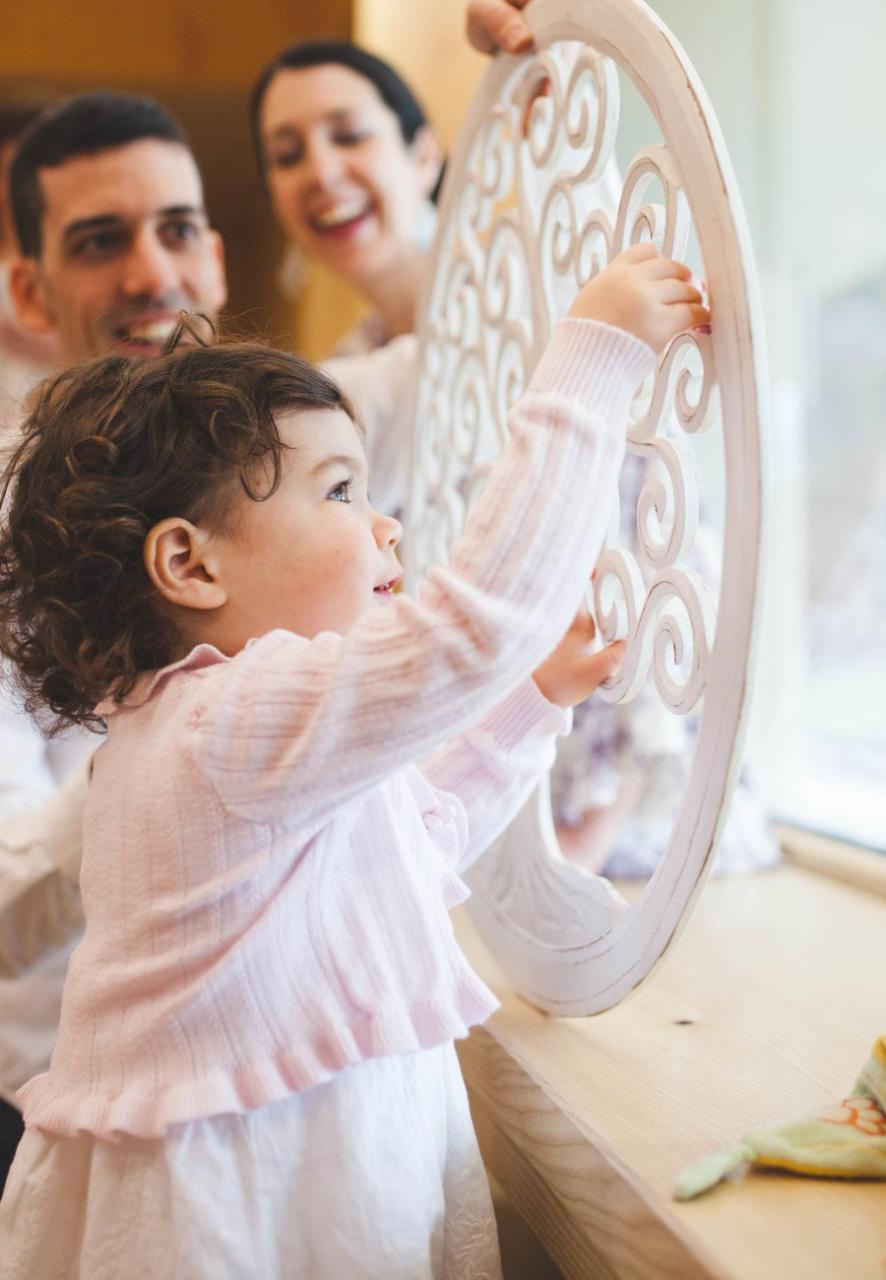
A non-sectarian, but ritualized adoption welcoming, baby blessing, or naming ceremony is often the ideal celebration for the religiously varied or non-affiliated family.
New parents who come from different religious backgrounds, or those couples with no religious affiliation, often struggle to find a way to honor and celebrate their new baby and to mark this important family milestone. “A baby welcoming ceremony is the perfect way for families who don’t feel comfortable at a traditional church to honor and celebrate the event,” offers Celia Milton, a non-denominational event celebrant located in North Haledon, NJ, who was interviewed by phone on June 30, 2022.
More Than a Party
The well-planned and well-executed baby or adoption welcoming has more gravity and more spiritual meaning than just a party,“ says Milton.” And because the baby is part of the family’s history, the welcome ceremony become a pivot point for this extended family,” adds Milton, who offered the following planning tips.
Find an Officiant
While a family member could theoretically preside over a welcoming, an outside officiant, specifically trained in the creation of rituals and celebrations, will lend a level of authority and give the event more importance, points out Milton. Visit celebrant institute and connect with several non-denominational celebrants in your area. “Interview them and find someone you click with,” advises Milton.
Ideally the celebrant, whose fee is likely to range from about $250-$500, will get to know the family via a phone interview, questionnaire, or personal meeting. The celebrant can then weave these details into the ceremony, thus personalizing it explains Milton. Expect questions like: Did you wait, or try, for years? Adopt? Is this a blended family? Are there older children? Why pick those godparents?
Plan the Welcoming Ceremony
There are many ways to build ritual into such an event. “And it will be more personal than a traditional religious ceremony, where the same words are said over and over again,” offers Milton. For example, explain the baby’s name, including some background on the choice. Identify the baby’s siblings and include them in the ceremony, if age appropriate. Grandparents can hold the baby, read a vow or promise, or light a candle during the ceremony, Milton suggests.
Acknowledge the godparents (or guideparents, if preferred.) Mention important relatives or friends by naming them publicly as mentoring families. Or ask all the guests to join in a responsive reading. Edward Searl’s Bless this Child [Skinner House, 2005] is a resource for readings and poems on the topic, reports Milton.
Add a Visual Component
Milton advises including a visual component to keep things lively. Some ideas include saying a blessing at each of the four compass points. Or include a candle lighting where several people read written blessings out loud and then light a candle. Hold a sand ceremony where different people pour different colored sand into a common vessel, signifying their contribution to the future of the baby and how each grain retains it’s identity and changes the color of the whole, she adds.
Keep It Short
With a baby and possibly siblings and other children in attendance, keep the ceremony short – no more than 15 minutes, at most, advises Milton. Be sure to leave time and opportunity for the guests to interact with the family and the baby. Because a baby welcoming is not as formal as a wedding, a home, backyard, local park, beach or a small restaurant are all perfect venues, says Milton.
For blended families and those without formal religious ties or background, a baby welcoming ceremony can introduce just the right note of solemn ritual to mark this important family milestone. Contact an officiant, plan the personalizing details together and get set to enjoy this happy day in your family history.
